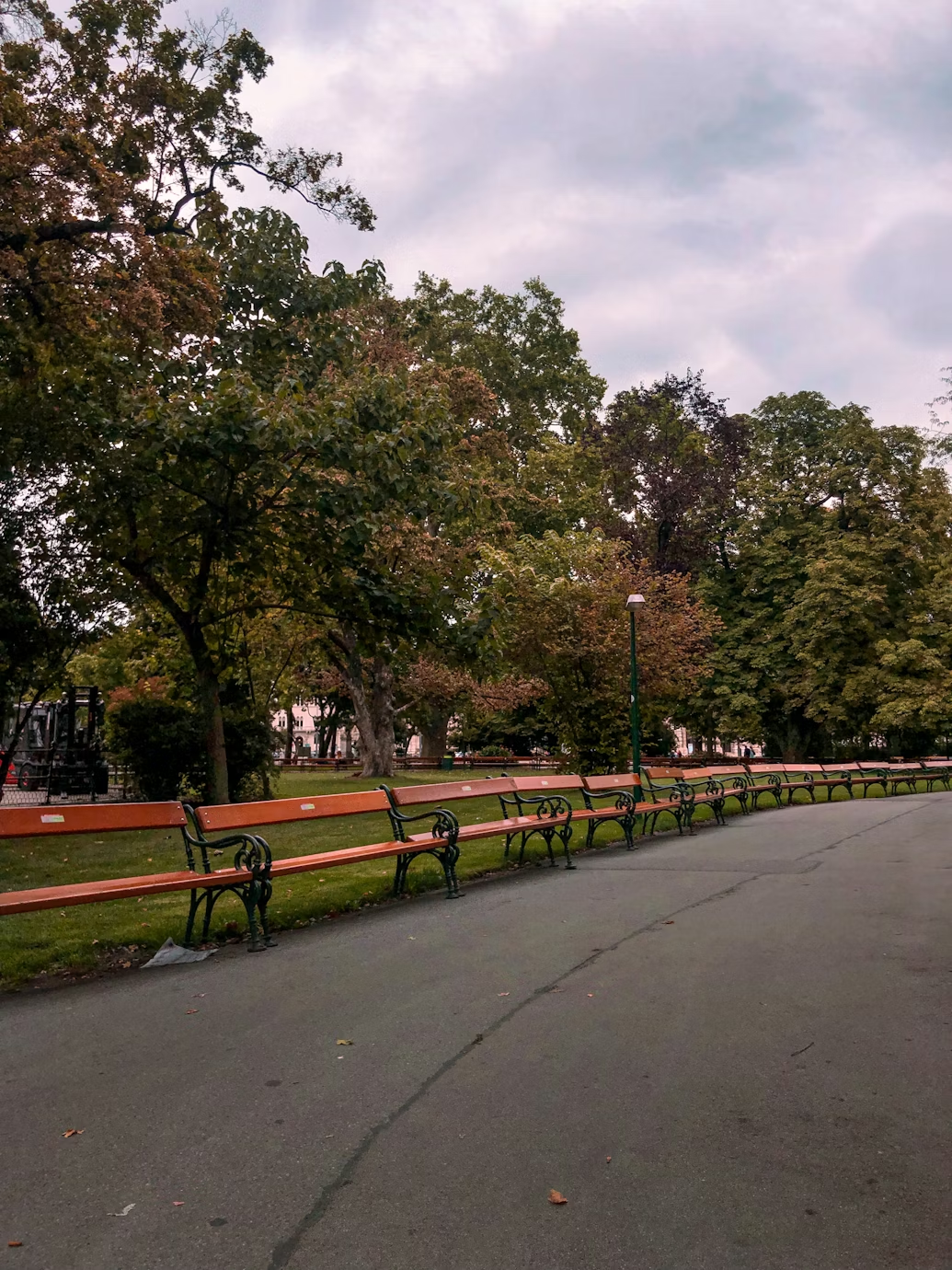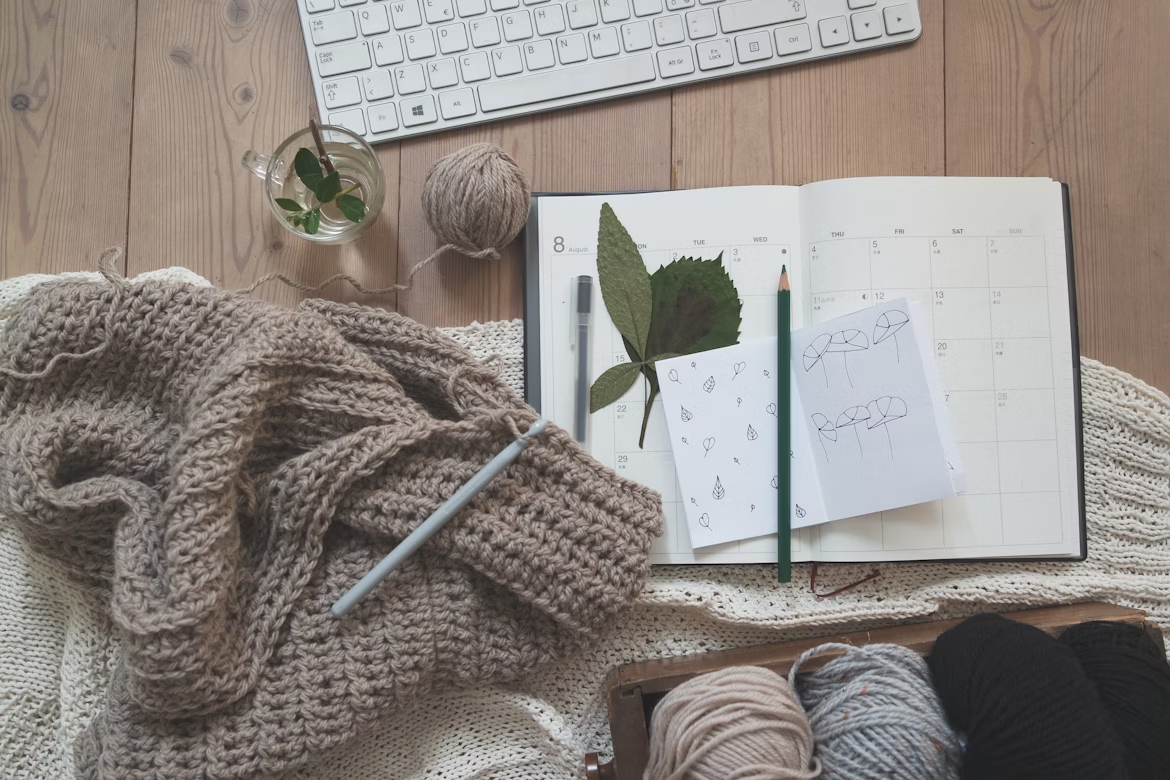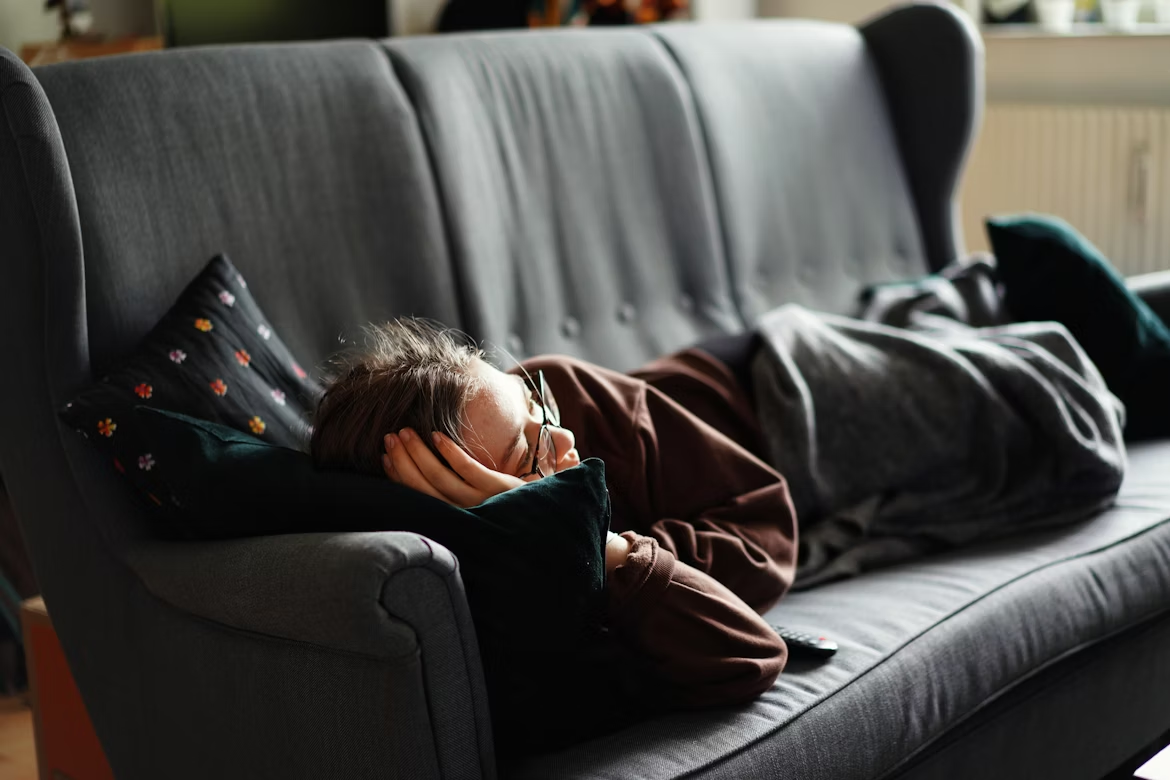In a world that rewards innovation, originality, and problem-solving, creativity isn’t just a bonus—it’s a necessity. Whether you're writing a novel, designing a marketing campaign, building a business, or just trying to navigate everyday challenges, your ability to think creatively can make the difference between stagnation and inspiration.
But creativity isn't something you either have or you don't. Psychological research suggests it's a skill you can nurture, and the tools to do so might be more accessible than you think. You don’t need to sit in a studio with a muse or wait for lightning to strike. Sometimes, all you need is a good walk and the right music.
Here’s what psychological studies say about how to boost creativity, and how you can turn these insights into simple, practical strategies.
One of the most cited pieces of research on movement and creativity comes from Stanford University. In a 2014 study, psychologists Marily Oppezzo and Daniel Schwartz found that walking significantly boosts creativity, particularly divergent thinking, the process of generating multiple ideas in response to a prompt.
Participants were asked to complete tasks that required creative thinking, like coming up with alternate uses for a common object. When compared to those who sat still, those who walked, either indoors on a treadmill or outdoors, performed better on every measure of creative output. Even more interesting: the creativity boost persisted for a short time after the walk ended.
Researchers suggest several reasons:
The next time you’re stuck on a problem, take a walk—no phone, no agenda. Let your mind wander. Better yet, keep a voice memo app handy to capture any ideas that come to you mid-stride.

The idea that music enhances brain function isn’t new. You might have heard of the “Mozart Effect,” the (controversial) claim that listening to classical music makes you smarter. But newer research offers a more nuanced picture.
Studies have found that music can help or hinder creativity depending on the type of task and the music itself.
Try building a “Creativity Playlist” with upbeat instrumental tracks. Think lo-fi hip-hop, ambient electronica, or movie scores. Use it when you’re brainstorming, sketching, designing, or solving problems—not when you’re editing or doing detail-focused tasks.
Have you ever had your best ideas in the shower? That’s not a coincidence. Research shows that letting your mind wander, especially after immersing yourself in a problem, can lead to creative breakthroughs.
This is called the incubation effect—a period of detachment that allows your subconscious mind to work through a challenge behind the scenes.
After focusing on a problem, intentionally step away. Do something mildly engaging—like folding laundry, doodling, or even walking (see above). Avoid highly demanding tasks or distractions like scrolling social media. Give your brain a little space to breathe.
Environmental psychology shows that your surroundings play a key role in your creative state.

Even clutter can help! While minimalism boosts focus, a slightly messy desk has been shown to encourage unconventional thinking.
Find or build a space where you feel relaxed but alert. Try working in a café with low ambient noise, adjusting lighting with a lamp, or adding visual cues that make you feel inspired—a piece of art, a vision board, or plants.
While it may sound counterintuitive, having some limitations can fuel creativity. Known as “creative constraints,” these boundaries force your brain to find unique solutions within a set framework.
For example:
Psychologists suggest that constraints force you to engage more deeply with the task and can reduce decision fatigue, allowing your creative energy to focus on the challenge rather than the endless possibilities.
Try setting arbitrary limits: “I’ll write a short story in 20 minutes,” or “I’ll brainstorm 10 ideas using only objects on my desk.” Make it a game. See what unusual solutions you come up with.
Your brain doesn’t work in a vacuum. Physical health has a direct impact on your cognitive performance, including creativity.

Instead of pulling an all-nighter, prioritize rest and regular movement. Even a 20-minute workout or power nap can give your brain the refresh it needs to think differently.
Although we tend to imagine artists and inventors working alone in quiet genius, many creative breakthroughs happen in collaborative environments. Brainstorming, group critique, and feedback loops provide the opportunity to:
However, group creativity works best when:
Find a creative community or accountability group. Even informal check-ins can spark progress. When you get feedback, treat it as fuel, not a verdict.
Contrary to popular belief, creativity isn’t a magical gift bestowed on a lucky few. It’s a process—and like any process, it can be shaped, strengthened, and supported by the right conditions.
Psychological research shows us that we don’t need to wait for inspiration. We can actively cultivate it through simple, daily habits:
Creativity begins the moment you stop waiting and start experimenting. So put on your sneakers. Press play on that song. Sketch, dance, scribble, or sit in stillness. Whatever your practice looks like, trust that you're not just creating art or ideas—you’re creating the mental space for possibility itself.